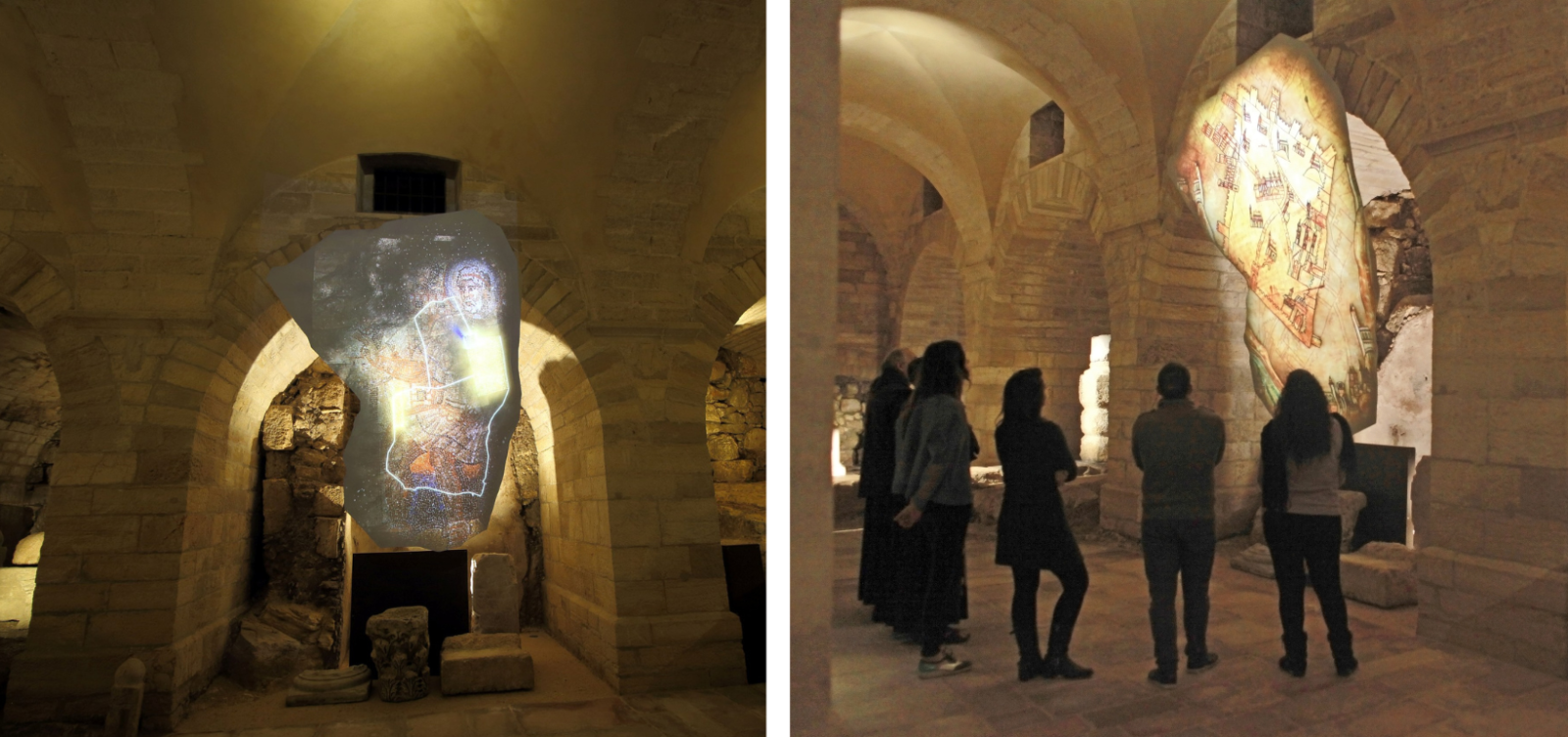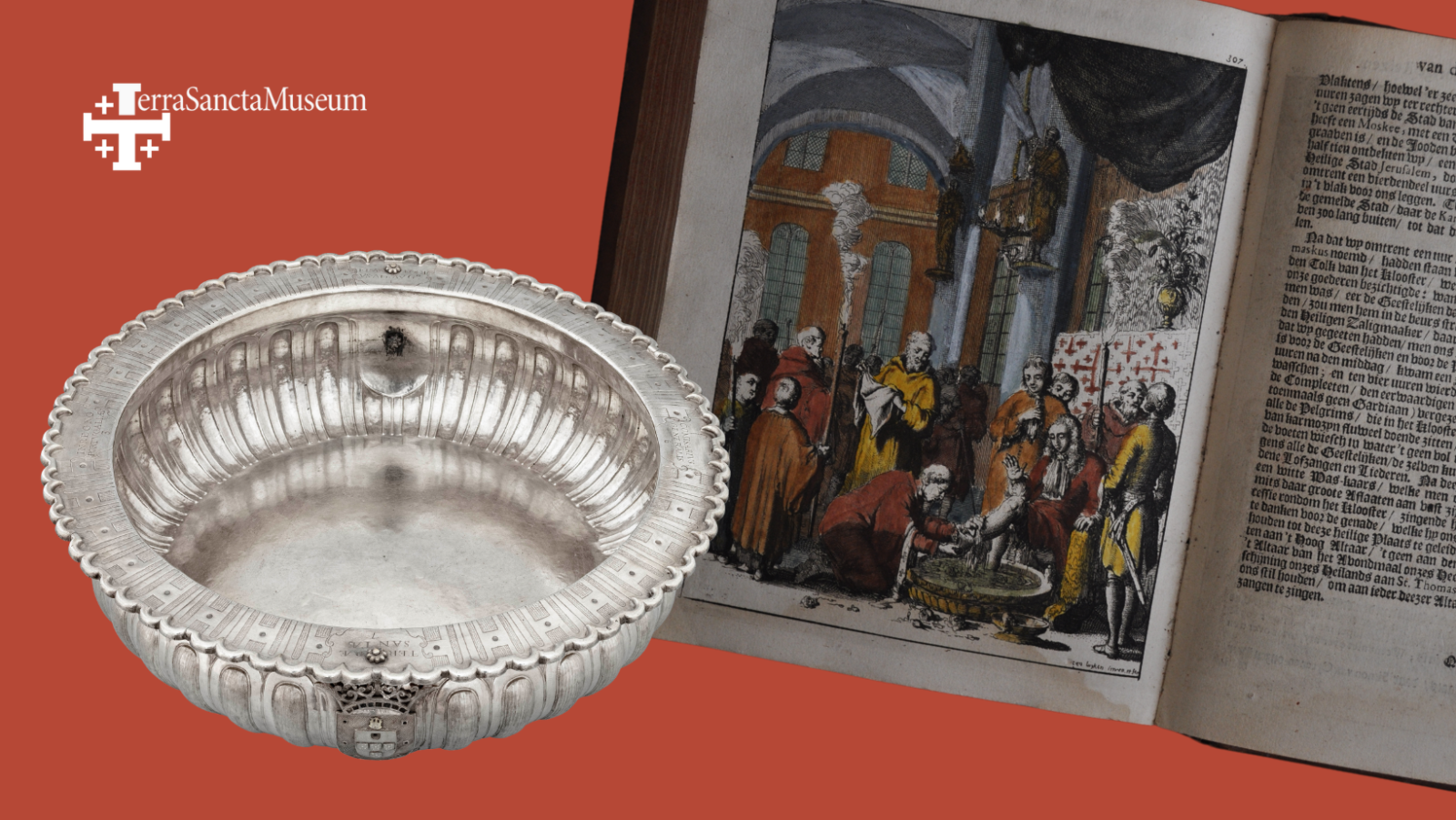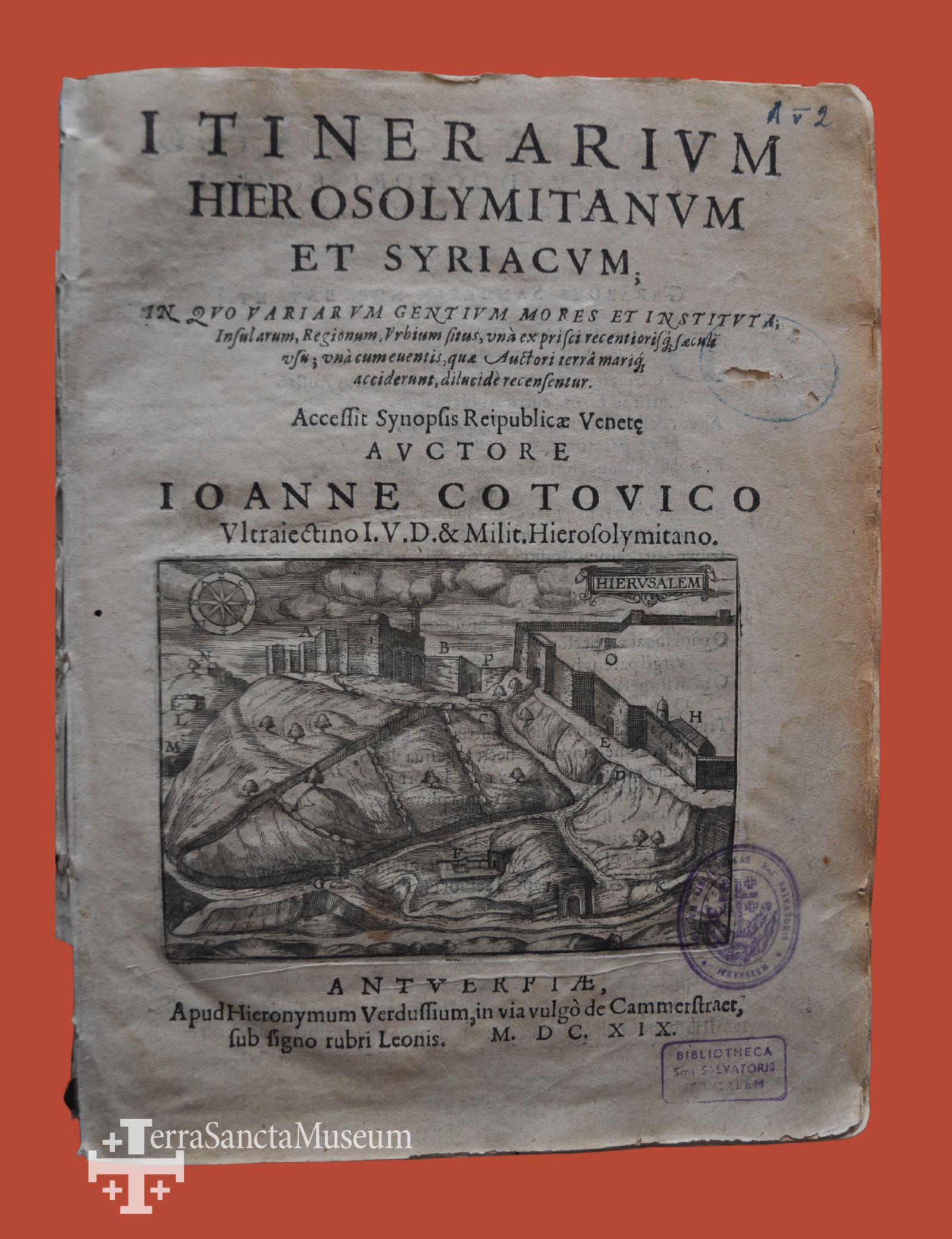When the Terra Sancta Museum brings together pilgrims of yesterday and of today
One of the great achievements of 2023 will have been the production of multimedia content which will allow visitors to plunge into the human epic of the journey from Venice to Jerusalem in the bygone past. Let’s go behind the scenes of the creation of multimedia content in the company of Béatrix Saule, President of the Scientific Committee of the museum!
EMOTION AT THE SERVICE OF UNDERSTANDING
The decision to include multimedia content in the Terra Sancta Museum is not new. They have already been tried out at the archaeological museum of the Flagellation, with a view to telling as many people as possible about the Christian history of the Holy City. The first studies on the public of the future Museum of Art and History envisage a wide diversity of ages, geographic origins but also their relationship with Christian history and culture. Béatrix Saule, the lynchpin of the project, shares her philosophy with us : “When you conceive of a project, you think of the visitor and work to ensure there is a rhythm to the visit. There have to be highlights but also moments of rest.”

This is how the idea of an Immersive room transporting the visitors of today back to the human and spiritual experience of the pilgrims of the past came into being. For the occasion, Béatrix formed a work group with multiple skills : set design, theatre, audio-visual production and communication.
This multimedia content will be included in the section on the history and missions of the Custody, in particular hospitality for pilgrims. “We do not have many works to present and as it is a subject that touches on the human side, we had to bring it to life otherwise it could remain very cold. We are going to tell visitors about a journey. We ask them to accompany us from Venice to Jerusalem at a time when it was very difficult to be a pilgrim, when you were not ever sure that you would return home! The Franciscan’s hospitality was therefore vital. We wanted to share the emotion: from the fear during the long crossing when meeting pirates to the joy of arriving in Jerusalem.”. To do this, the museum team opted for a short format of 4 minutes, without an off-screen voice, but privileging music.

A QUESTION OF HISTORICAL VERACITY
In order to conceive of the narrative plot of this multimedia and with a view to historical accuracy, Béatrix Saule plunged, not without excitement, into reading dozens of accounts by pilgrims from the 16th to the 17th centuries. “The journeys of Friar Félix Fabri to the Orient (1480-1483)”, a Swiss Dominican, caught her eye. “We have a very precise account which is dated and extremely concrete and very much alive!” Béatrix Saule said enthusiastically. At that time, pilgrimages only took place between May and July for reasons of navigation. “We did not cheat!” Béatrix added, “We took a very particular pilgrimage, using the exact dates of this journey to show its real duration.” Béatrix Saule’s other “find” were the engravings in the “Peregrinatio in Terram Sanctam” by the German ecclesiastical Bernard de Breydenbach published in 1486. She describes it : “it was the first account of a pilgrimage that was illustrated and it was a monument of its kind. It became a bestseller. Breydenbach found an excellent painter and the quality of the engravings is magnificent.”

However, there was still the matter of getting our hands on this unequalled visual wealth ! The Custody holds one copy in its library but it is incomplete and in black and white. “It so happens that there is a copy in the Bibliothèque Nationale de France, in Paris, that has been colorized and was even more attractive than the others. So I went to see the Conservator responsible for the reserve of rare books. We went down into the reserve and chose the plates we wanted.” Thanks to collaboration that started in November 2021, the Terra Sancta Museum was able to acquire these plates in very high definition. There are six of them, to be precise, and they show the cities of Venice, Corfu, Candia (Crete), and Rhodes, while the map of Palestine is used to illustrate the details of four sequences : the arrival of the pilgrim in Jaffa, going up to Jerusalem, the first appearance of Jerusalem (Montjoie), the welcome at Mount Zion and the façade of the Holy Sepulchre.
With the detailed account and iconography in hand, Béatrix Saule went to those who were going to flesh out this project, the team of the Milan-based Studio Base 2. Read the rest in the next episode! Stay connected!



